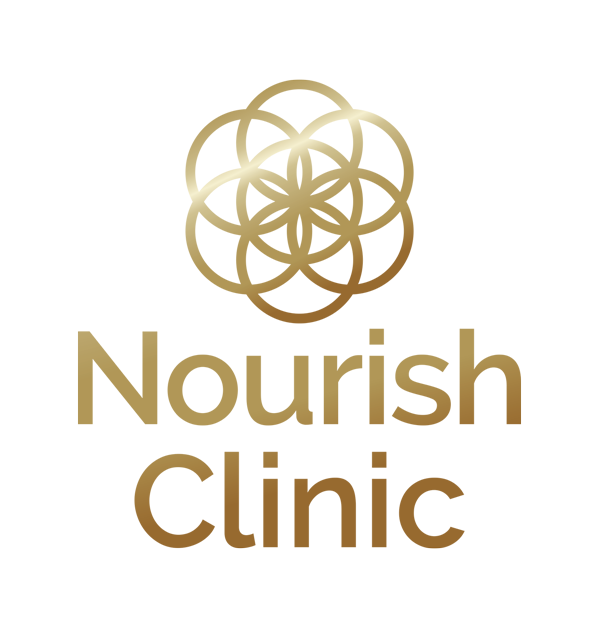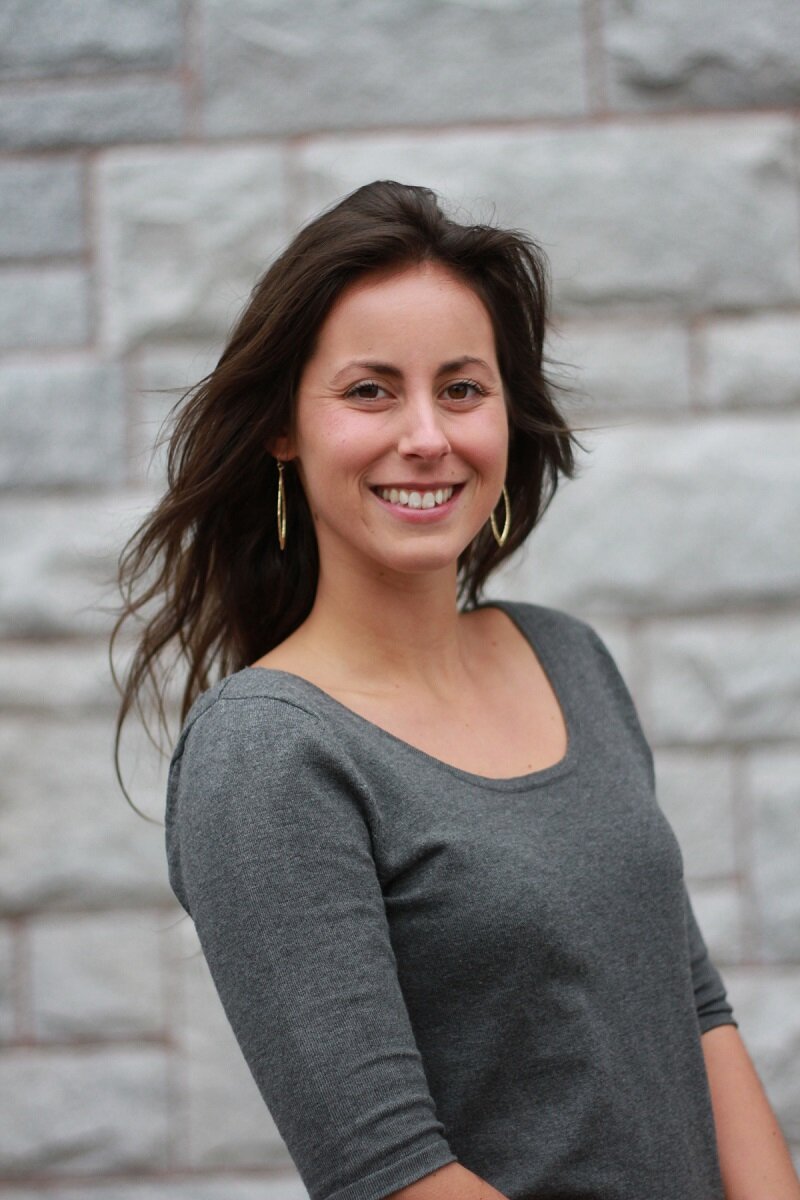OSTEOPATHY
Osteopathic medicine as we know it begins with Andrew Taylor Still, M.D. (1828 – 1917), who introduced its concepts in 1874. Still’s basic idea — that the human body was much like a machine, one that would function well if all its parts were in proper mechanical relationship — was unique compared to the biomedical thinking of the time. Doctor Still was a frontier doctor, and had trained like most physicians of his time – through apprenticeship, with some formal medical training added later. Still received a good deal of this apprenticeship training from his father, who was a physician as well as a minister in the Methodist Church.
Osteopathy is a holistic system of health care that focuses on assessing the different body’s systems in order to optimize it’s physiological functioning. Treatments help to relieve pain and promote health by targeting structures that are restricted and normalizing their alignment, therefore regaining their ability to receive and send nourishment to all living cells of the body. This approach to health care focuses on treating the patient, rather than treating the disease. Osteopathy is a safe and effective approach to health care which works in combination with the individual own homeostatic mechanisms to help restore homeostasis and optimal health. It understands the relationship between structure and function with the body and that all aspects of the body must work together to maintain health.
After thourough assessment to the entire body, the manual osteopath will use techniques such as joint articulation, myofascial release, visceral manipuplation, muscle energy, counterstrain and craniosacral to optomize tissues based on presentation of th patient.
Osteopathic Philosophy
A.T. Still dedicated himself to the study of the human body, and spent much of his time reviewing the elements of anatomy, physiology and chemistry. Believing that the human body contained with in it all the remedies it needed to maintain health, Still’s goal was to discover these remedies, and learn to utilize them to maximize the body’s self-healing capabilities.
An osteopathic treatment is based on the rationale of an understanding of the basic principles of body unity, self-regulation, the interrelationship of structure and function and the role of nourishment.
The Body Functions as Unit
The human body is an integrated organism in which no part functions independently. Still’s concept of holism included body, mind and spirit. Doctor Still strongly believed that all pertinent aspects of the human being (physical, mental, emotional, spiritual, psychological, environmental, and others) had to be taken into consideration to harness the totality of the human being and its expression.
In the current medical model, the view of osteopathic principle is well mirrored with the biopsychosocial model. Which the environment; what you eat, what you think and feel, what you breath, what you see, hear and smell, to name a few, are the factors at play in guiding your biology. In other words, the cocktail (controlled by these factors) in which your cells are swimming, defines the expression of your physiology. Simply said, the human biological events are constantly responding to its environment.
A human comprises of body, mind and spirit.
Self-regulatory and Self-healing Systems
The second major principle is that given the opportunity, by way of adequate circulatory, nervous, endocrine and immune systems, a concerted effort is constantly at play to achieve auto-regulation. This is also well known as the innate body behavior to reach homeostatis, or perhaps even better said, homeodynamics, as the organism is constantly seeking balance. The body constantly attempts to resist, neutralize or overcome the various stresses to which it is exposed. The work of osteopathy is to help normalization of tissues that may cause discord within the body obstructing the body’s capacity to adapt, where dis -ease can then occur.
Given the opportunity, the the body autoregulates.
The Relationship Between Structure and Function
Structural integrity and mobility must be restored as much as possible for the proper functioning of all the systems of the body. The structure, such as bones, ligaments, muscles and fascia must be free to move and not impinge on nerves and blood vessels. Mechanical problems often precede changes in the physiology and chemistry of the body that can cause dis-ease.
The structure governs function
The role of the artery is absolute
All the fluids in the body including blood in the arteries and veins, lymph flowing through the lymphatics, and the cerebral spinal fluid (CSF) circulating around the brain and spinal cord must be free-flowing and unobstructed. These fluids carry chemiclas, inclusing nutrients, hormone and neurotransmitters to the body’s cells.
Fluids deliver nourishment and remove waste products.
Manual Osteopathic Treatment helps reduce pain for a variety of conditions, including:
Back/neck pain
Hip pain
Muscle and joint pains
Nerve pains, numbness, tingling
Headaches and migraines
Lasting effects of concussions and whiplash
Arthritis
Sports Injuries
Slips/Falls
Perinatal and pediatrics
Manual Osteopathic Treatment has been shown to be safe for everyone including pregnant women, children, and elderly. It is important to know that it is commun and normal to have a period of 7-10 days of integration after a treatment. During that period, you may feel different, irritated, unusual. It is best to avoid other modality treatment while you integrate because the body is seeking a new balance and is therefore more vulnerable ans sensitive.
Manual Osteopathic Treatment is covered by most Extended Health Plans.
Note that Manual Osteopathic Practitioners are not members of the College of Physicians and Surgeons of British Columbia. Osteopathy, as practiced by Osteopathic Practitionner is not a regulated health profession in BC. Therefore, use of title does not convey training standards. For that reason, it is important to choose a manual osteopath that is a member of Osteopathy BC or the Canadian Federation of Osteopaths.
LOUIS BERTRAND
Ostéopathe D.O.M.P.
“Discover a path to restored balance, freedom of movement, and lasting well-being through a personalized, empathetic approach that truly listens to your body’s needs. Experience the difference in how you feel every day.”
NATHALIE BERTRAND
Osteopathic Practitioner, Registered Massage Therapist
“I am dedicated to the service of my community and thrilled to provide a platform for healing to take place with the exceptional team at Nourish Clinic.”
ALEX RODRIGUE
Osteopathic Practitioner
“Health is a state of body. Wellness is a state of being.”




